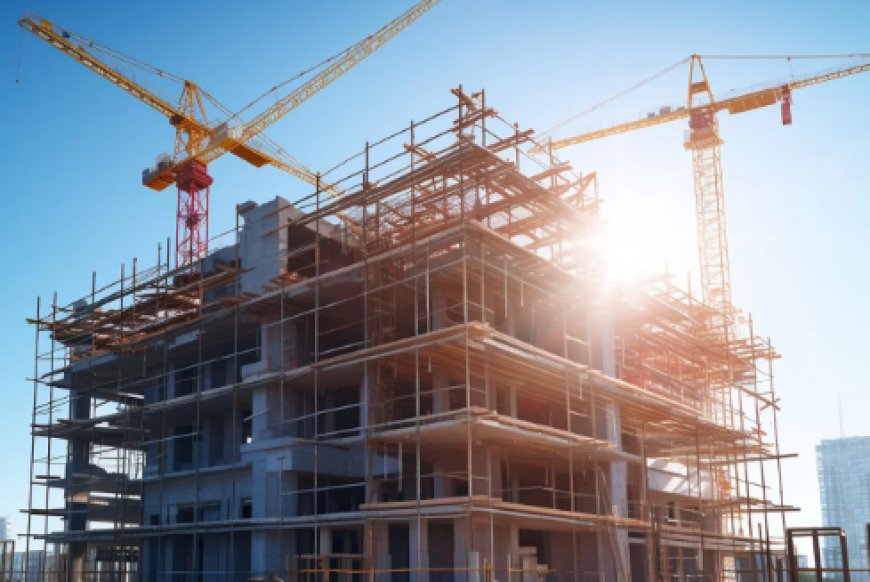Steel Rate: Understanding Trends and Factors Affecting Prices

Steel is the basic foundation material in modern construction, manufacturing, and infrastructure development. Its strength, durability, and versatility make it indispensable for projects ranging from residential buildings to large-scale industrial complexes. One of the key aspects that construction professionals, manufacturers, and traders need to keep an eye on is the steel rate, which can fluctuate based on various factors. In this article, we will explore what influences steel rates, how they impact the economy, and what trends can be expected in the steel market.
Factors Influencing Steel Rate
1. Raw Material Costs
The main factor that influences the steel rate is the cost of raw materials such as iron ore, coal, and scrap metal. Iron ore is the main component used in steel production, and its price has a direct impact on steel rates. Similarly, coking coal, used in blast furnaces to produce steel, plays a significant role in determining the price of the final product.
Any disruption in the supply chain for these raw materials, whether due to mining constraints, political instability, or natural disasters, can result in an increase in their cost, which is then passed on to steel producers and, ultimately, the consumer. For example, fluctuations in the prices of iron ore on international markets can lead to noticeable changes in the steel rate in local markets.
2. Energy Costs
Steel production is an energy-intensive process that involves the heating and melting of metals at extremely high temperatures. As a result, the cost of energy—whether electricity, natural gas, or oil—plays a critical role in determining the steel rate. Any significant increase in energy prices can drive up production costs, which are often reflected in the final price of steel.
3. Demand and Supply Dynamics
Steel demand is heavily influenced by the construction and infrastructure sectors. As countries undergo urbanization and industrialization, the demand for steel products rises, often pushing up the steel rate. Additionally, fluctuations in demand due to seasonal trends, economic conditions, or large infrastructure projects can cause steel prices to rise or fall.
4. Government Policies and Taxes
Government regulations and policies are key factors that affect the steel rate in any country. Policies related to import duties, export restrictions, and environmental regulations can influence the pricing structure. For instance, if the government imposes import duties on steel products, domestic manufacturers may raise their prices to stay competitive.
5. Global Steel Market Trends
Steel is a global commodity, and international market trends play a significant role in determining local steel rates. Major steel-producing countries, including China, India, the U.S., and the EU, heavily influence global steel prices. Any changes in steel production or consumption in these regions can lead to shifts in supply and demand dynamics, impacting the steel rate across various markets.
For instance, if a country like China reduces its steel production due to government restrictions or oversupply concerns, it can cause steel prices to increase globally due to reduced availability. Similarly, changes in the global trade environment, such as new trade agreements or tariffs, can significantly impact the steel rate.
Current Trends in Steel Rate
As of today, steel prices have been subject to significant fluctuations, largely driven by a combination of raw material costs, supply chain disruptions, and growing demand in key markets. With the global economy gradually recovering from the impact of the COVID-19 pandemic, the demand for steel has surged, especially in sectors like construction, automotive manufacturing, and infrastructure development.
Currently, the steel rate is witnessing an upward trend, particularly for products like TMT bars, beams, and structural steel. The increased demand for construction materials, coupled with higher production costs, has led to an overall rise in steel prices.
In India, for example, the price of steel per ton has increased by around 10-15% over the past year due to factors such as higher raw material prices and logistical issues. In major cities like Mumbai, Delhi, and Bangalore, the cost of steel can range between ₹50,000 and ₹70,000 per ton, depending on the grade and type of steel product.
Impact of Steel Rate on Various Industries
1. Construction Sector
For the construction industry, fluctuations in the steel rate can significantly affect project budgets. Steel is a core material in construction, and any rise in its price can lead to an increase in overall construction costs. Builders, contractors, and developers may need to adjust their project estimates to account for these price changes, which could result in delays or higher project costs.
2. Automotive Industry
Steel is a critical component in the automotive industry, with car manufacturers using it for everything from the chassis to body panels. Changes in the steel rate can therefore affect the production cost of vehicles. Increases in steel prices may lead to higher production costs for automakers, which could either affect profit margins or result in higher vehicle prices for consumers.
3. Manufacturing and Infrastructure
In manufacturing industries such as machinery production and heavy equipment, steel is a key material. Rising steel rates can increase the cost of producing various industrial goods, which, in turn, can affect pricing for consumers. Similarly, in infrastructure projects like bridges, railways, and roads, changes in steel prices directly influence the cost and completion time of such projects.
Conclusion
The steel rate is influenced by a variety of global and local factors, from raw material costs to government policies, energy prices, and market dynamics. For industries that rely on steel as a core component, fluctuations in these rates can have significant economic implications. By understanding the factors that drive changes in steel prices, businesses and consumers can better navigate the market and make informed decisions.
If you are looking for reasonable steel rate, please visit our website : www.steeloncall.com or you can contact us through our toll-free number: 18008332929
#SteelRate #SteelPrices #ConstructionIndustry #GlobalMarket #SteelTrends
What's Your Reaction?






























